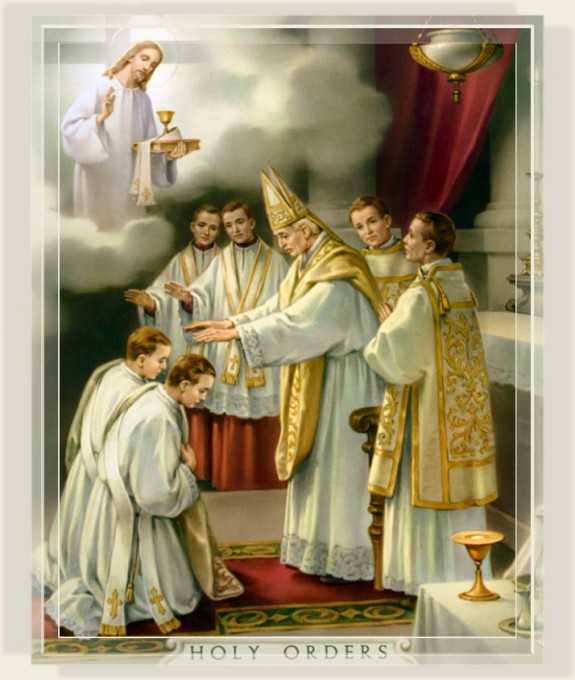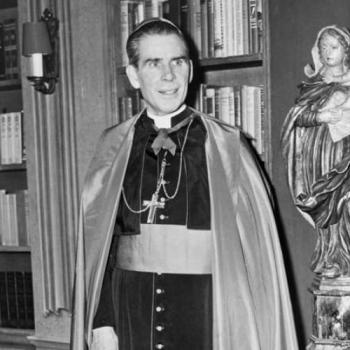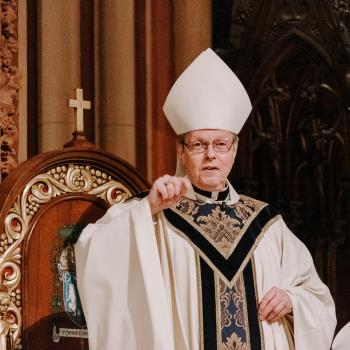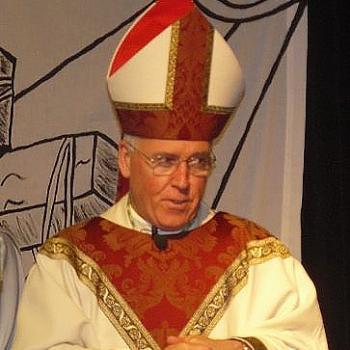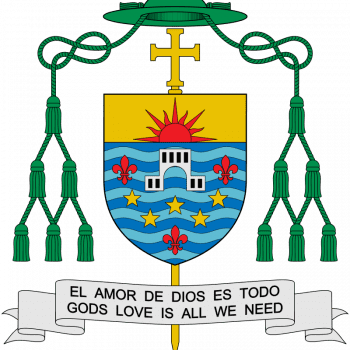This happens with some frequency, so it might be a good idea to look at a term that has become fairly common in the media:
“Defrock.”
Lately, a few places have used that word, or a variation of it, to describe what was done to that Polish monsignor who announced that he was gay and had a boyfriend.
“Bishop Defrocks Gay Priest” was a common headline.
Except, that’s really not accurate.
As one canon lawyer noted a few years ago, the term “defrock” appears nowhere in canon law. Usually, when someone talks about “defrocking,” they’re referring to laicization, which is a more complicated canonical procedure. (As you’ll note below, that still means that a priest is a priest—Holy Orders cannot be removed— but he can no longer act as one.) However, in the case of the Polish monsignor, that’s not entirely accurate, either. Press reports indicate he was “suspended,” which suggests the punishment is not permanent and can be lifted.
Here’s how all this is described in canon law:
The proper canonical term for such a punishment is “dismissal from the clerical state.” It is also referred to as“laicization” or “forced laicization”. These terms mean that a priest is forbidden from exercising his priesthood for the rest of his life.
1338 §2. Privation of the power of orders is not possible but only a prohibition against exercising it or some of its acts; likewise, privation of academic degrees is not possible.”
While forbidden to exercise his priesthood for the rest of life, it should be remembered that a priest is a priest for life. Such is found in Canon Law.
Can. 290 “Once validly received, sacred ordination never becomes invalid. A cleric, nevertheless, loses the clerical state:
1/ by a judicial sentence or administrative decree, which declares the invalidity of sacred ordination;
2/ by a judicial sentence or administrative decree, which declares the invalidity of sacred ordination;
3/ by rescript of the Apostolic See which grants it to deacons only for grave causes and to presbyters only for most grave causes.”
“Laicization” can be applied to priests, if they do not repent, who:
– gets married in secret,
– are living common-law in public or secret,
– refused to return to their Diocese under the authority of their Bishop,
– participates in schisms such as the ordaination of women priests,
– commits a sexual offense with a minor under the age of sixteen years,
– etc…
Can. 1395 §1. “A cleric who lives in concubinage, other than the case mentioned in can. 1394, and a cleric who persists with scandal in another external sin against the sixth commandment of the Decalogue is to be punished by a suspension. If he persists in the delict after a warning, other penalties can gradually be added, including dismissal from the clerical state.”
§2. “A cleric who in another way has committed an offense against the sixth commandment of the Decalogue, if the delict was committed by force or threats or publicly or with a minor below the age of sixteen years, is to be punished with just penalties, not excluding dismissal from the clerical state if the case so warrants.”
It should be noted that in the above short list of offenses where a priest can be laicized, such does not happen all the time. The Code of Canon Law says “is to be punished with just penalties.” In some cases a just penalty requires laicization while in other cases it does not. It depends if the priest has repented of his offence. When it is apparent that the priest is out of control and repentance is intended but not implemented, the priest is laicized.
Catholic Answers adds:
Laicization is a process which takes from a priest or other cleric the licit use of his powers, rights, and authority. Laicization occurs automatically when a priest, deacon, or monk marries or joins the military without permission. Major clerics (priests and deacons) are directly laicized through their superiors by the penalty of degradation. The Holy See also has the privilege of laicizing major clerics.
Laicized clerics are forbidden to wear clerical dress or to perform ceremonies or to administer the sacraments ordinary to their former offices. Priests who are laicized are required to continue practicing celibacy, although dispensations from this discipline are frequently given. Otherwise, laicization renders a cleric for ecclesiastical purposes the equivalent of a layman.
The supernatural mark of holy orders and the powers connected with the sacrament (especially for the priest) remain even after laicization, although they cannot be used licitly. A laicized priest has the power to confect the Eucharist. Although to the world he may live as a layman, in a sense “once a priest, always a priest.”
While it’s understandable that secular writers might use the shorthand “defrock” to describe a priest forbidden to act as a priest, Catholics should justifiably ask, when they see that, “What defrock?!”
There ain’t no such thing.
Image: Wikipedia

